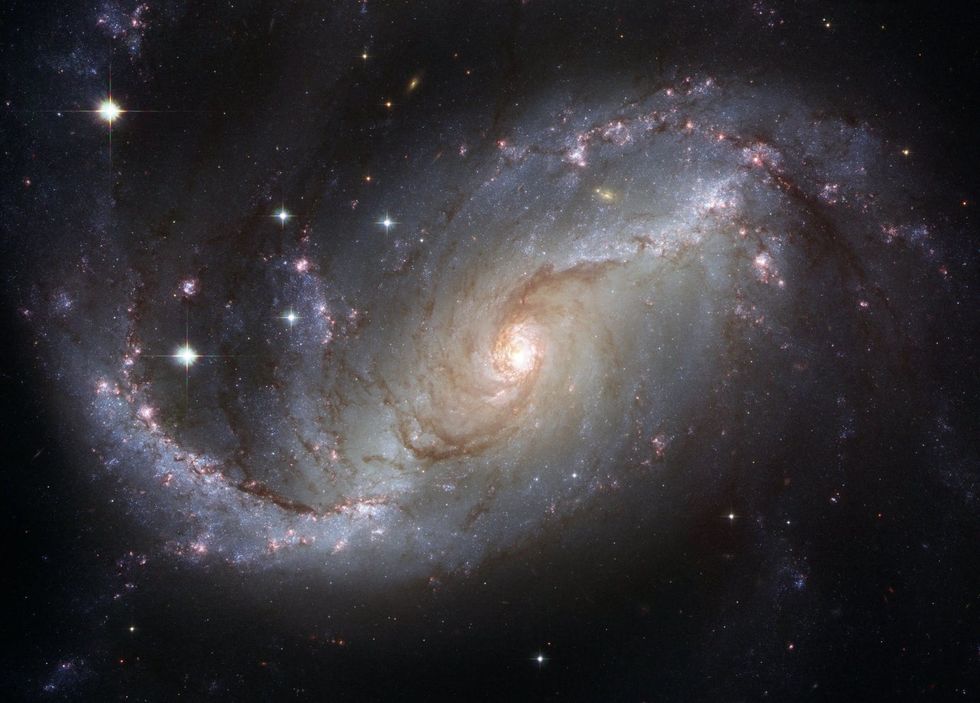Within recent years, NASA has discovered possible evidence of the existence of a parallel universe. In this mirror world, it is speculated that everything, including time, runs in reverse. Some scientists theorize that both universes formed simultaneously during the Big Bang.
In 2016, NASA's Antarctic Impulsive Transient Antenna (ANITA) detected high energy neutrinos that seemed to defy our current understanding of physics. These particles have significantly higher energy than anything that can be created on Earth, and thus can only come "down" on Earth from space. However, ANITA detected a neutrino coming "up" from Earth's surface in 2016, causing scientists to question whether it was traveling backwards in time. Had this incident only occurred once, perhaps it would have been overlooked as a technical error or erroneous background noise — but it happened again in 2018.
The parallel universe theory is just one of many theories concocted by modern scientists. However, the media has over-sensationalized the topic, causing it to become relatively accepted among consumers. The parallel universe theory fits into the category of "exotic physics," where the world tends to look towards when a new phenomenon is beyond today's understanding of physics. According to a recent press release, "when the ANITA events were detected, main hypotheses were an astrophysical explanation (like an intense neutrino source), a systematics error (like not accounting for something in the detector), or physics beyond the Standard Model." Today, the astrophysical explanation has largely been ruled out.
The existence of a parallel universe fits into the theory of a multiverse — or multiple universes coexisting — which has a surprising amount of traction. What are the odds that our universe is the only one in existence? What are the odds that only one universe was created from the Big Bang? Our technology today is limited, but perhaps one day we will be able to achieve concrete answers.












